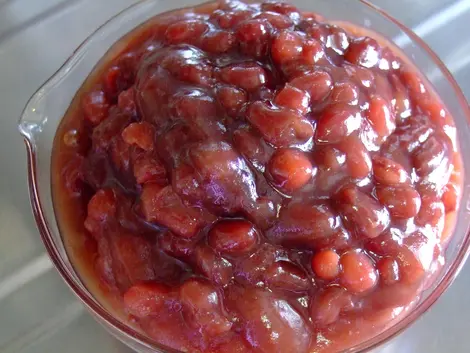Japanese vegetables 日本料理の野菜
Delicious and good for you
How much do you know about the different vegetables commonly used in Japanese cuisine? Take a little time to learn more about these tasty foods.
Whenever Japanese gastronomy is mentioned, we often imagine healthy food. You might think of the Okinawan diet, or even traditional Japanese kaiseki ryori (懐石料理) cuisine, made up of many small, light meals.
Certainly there are also richer, fattier dishes on offer, such as ramen or various deep-fried foods. But these are generally not part of the daily diet in Japan.
It's common knowledge that Japanese cuisine is one of the healthiest in the world, and one of the reasons for this is because vegetables have an important place on the Japanese table, giving their dishes flavor and personality.
All about vegetables
There are many vegetables that have been grown and used in cooking for centuries in Japan, but let's focus on those most commonly used in Japanese cuisine:
· Kabocha (かぼっちゃ): Japanese pumpkin. The flesh is creamy and soft, with a squash and chestnut flavor. The kabocha is widely used in Japanese food. In the kitchen it's stewed, used in miso soup, tempura, or even in salads. Its sweetness also allows it to be used in desserts like cakes, cookies and cheesecakes.
· Satsuma-imo (さつまいも, 薩摩芋): Japanese sweet potato. The skin is purple with light yellow flesh inside. It differs from sweet potatoes with orange flesh (best known in the west) by its smooth consistency, closer to the potato. Baked with the skin on, it's a real treat. It has a sweet, nutty flavor. It is also popular pureed.
· Daikon (だいこん, 大根): Japanese white radish. Very different from the small, pink and white radishes that we may be more used to. With a refined taste and crunchy and juicy texture, it can be marinated, fried or eaten raw.
· Azuki (あずき, 小豆): Japanese red bean, a part of the legume family. The texture is mealy and it's most commonly used to make azuki paste, wonderful in sweets and baked goods. Watch "Sweet Bean" (An, or あん in Japanese) the 2015 movie by Naomi Kawase, your mouth will water (and perhaps your eyes too...).
From seaweed to soybeans
Other vegetable worthy of a mention are negi (Japanese spring onions), renkon (lotus root), edamame (soybeans), shiso (an aromatic plant), mizuna (a kind of salad leaf), and of course wasabi...
There is also Japanese seaweed (nori, wakame, kombu, hijiki, dulse, sea lettuce) and typical Japanese mushrooms (shiitake, shimeji, enoki) both of which are frequently used in Japanese cuisine. But these need articles of their own!

















